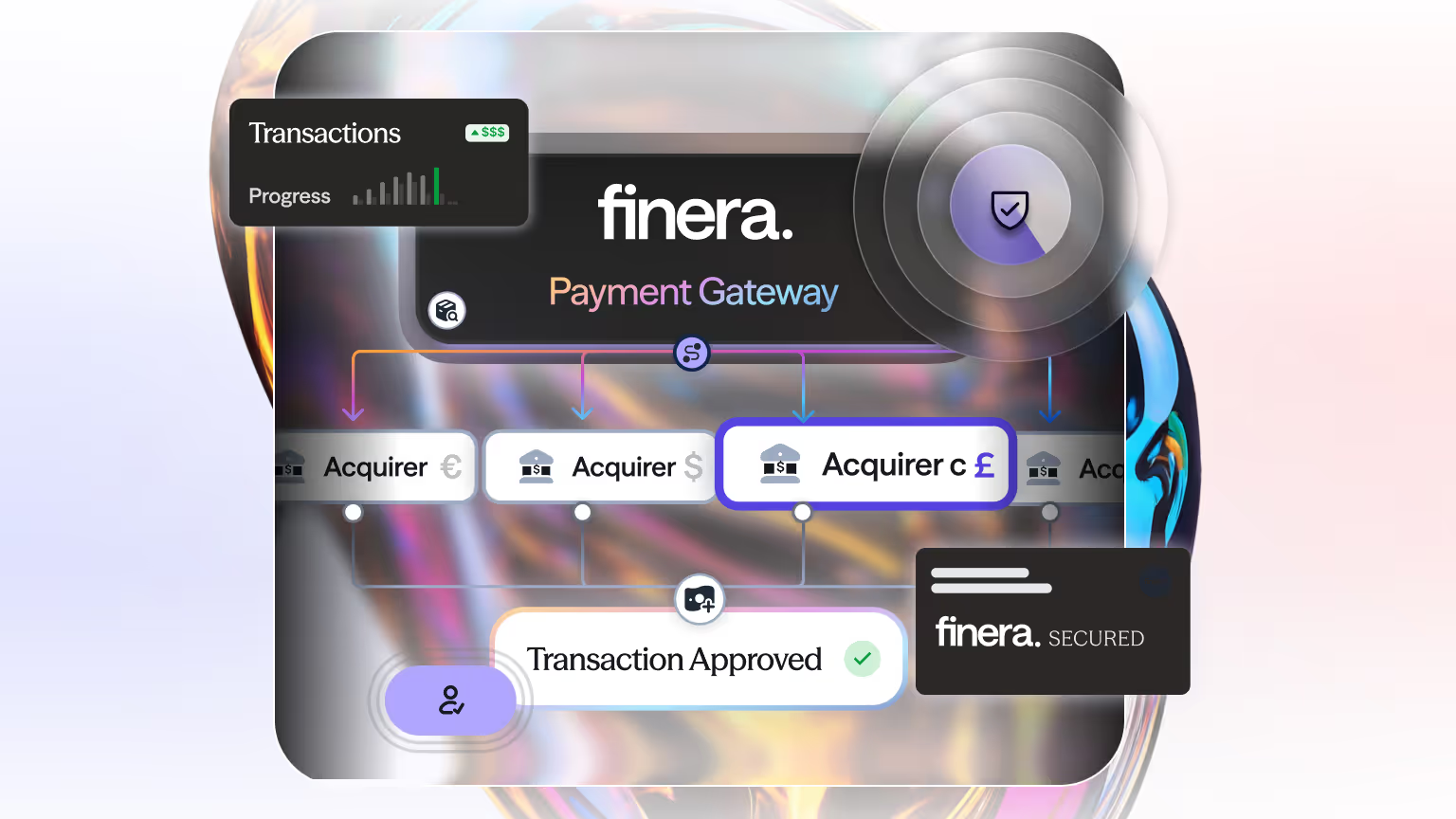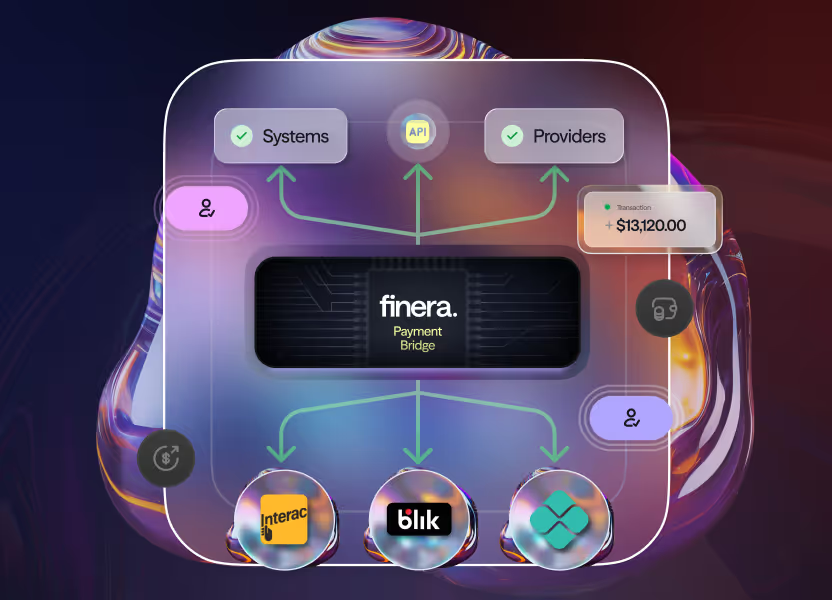Why Redundancy in Payment Gateways Is Crucial for Global Merchants
Payment gateway redundancy is essential. Learn how to protect revenue with multi-gateway processing.

For today's global merchant, the checkout is the most critical function of the business. It is the final, non-negotiable step where revenue is secured. Yet, many high-volume e-commerce and cross-border platforms still rely on a single payment gateway, an infrastructure choice that introduces catastrophic risk.
In an environment where consumers expect instant transactions and where one second of downtime can translate into thousands in lost revenue, the single-gateway model represents a profound vulnerability:
The single point of failure (SPOF).
If that one gateway experiences a latency issue, a network outage or a system bug, your entire revenue stream grinds to a halt.
Achieving true global merchant stability is no longer possible without a robust backup plan. The solution is payment gateway redundancy, a strategy that utilises a multi-gateway processing environment to guarantee seamless operation, protect margins and ensure maximum transaction uptime.
This guide explains why redundancy is the defining factor in modern, resilient commerce.
The Financial Risk of a Single-Gateway Setup
The costs associated with relying on a single payment provider extend far beyond simple transaction fees. Downtime, friction and recovery efforts inflict tangible and intangible damages that cripple growth.
The Cost of Lost Transaction Uptime
When a primary payment gateway fails, the impact is immediate and exponential. Every second your checkout is unavailable, sales are lost and the global cost of this vulnerability is staggering. For a high-volume merchant, this revenue loss is not theoretical, it is immediate and absolute.
Customer Attrition and Loyalty Damage
The invisible cost of downtime is the permanent loss of customer trust. When a customer encounters a "Payment Failed" message during peak shopping periods, they rarely retry later. They simply leave and take their business elsewhere.
Regulatory and Reputational Harm
A single point of failure introduces risk that regulators and banking partners frown upon. Consistent, reliable service is a hallmark of global merchant stability. Downtime not only damages your brand's reputation but can also trigger Service Level Agreement (SLA) penalties from partners and negatively impact your processing reputation, leading to higher fraud scrutiny in the future.
You know the risks of a single-gateway setup. But what’s the infrastructure alternative that guarantees resilience? Before you can truly implement payment gateway redundancy, you must understand the difference in core architecture.
Read Next: Orchestrator vs Gateway vs PSP: What’s the Definitive Difference?
What is Payment Gateway Redundancy?
Payment gateway redundancy is the architectural strategy of eliminating the single point of failure by implementing multi-gateway processing. It ensures that your payment acceptance remains active, even if one or more providers are temporarily offline.
Defining Multi-Gateway Processing
A multi-gateway processing setup means integrating your checkout with two or more independent payment gateways and/or processors. This is achieved through a central orchestration layer, which manages the traffic flow. The key is that each gateway is fully prepared to handle the entirety of your transaction volume at a moment's notice.
Payment Failover: The Safety Net
The core mechanism of redundancy is payment failover. This is the automated process by which, upon detection of an issue (such as high latency, an error code or a hard service failure) at the primary payment gateway, the transaction traffic is instantly redirected, or cascaded, to a healthy, pre-vetted backup gateway. This switch occurs in milliseconds, often before the customer's browser even registers a delay. The result is continuous transaction uptime regardless of external system shocks.
The Pillars of Global Merchant Stability
Implementing payment gateway redundancy transforms a merchant's payment operation from reactive to resilient, driving four key pillars of global merchant stability.
Maximised Transaction Uptime and Revenue Protection
Redundancy is insurance against business interruption. By maintaining multiple active processing paths, you virtually eliminate the risk of a full payment outage. This ability to route around failure protects your most vital asset, which is your revenue. You ensure that every customer who reaches your checkout has the opportunity to complete their purchase successfully.
Improved Conversion Rates (The Silent Success)
Payment failover isn't just about recovering from a complete outage but about optimising continuous performance. When a transaction suffers a soft decline (a temporary issue) with the primary provider, the failover logic can instantly retry the payment with a secondary, higher-performing provider. This intelligent retry strategy ensures that otherwise recoverable transactions do not become lost revenue, significantly improving your overall checkout conversion rate.
Global Resilience and Local Strength
For a global merchant, instability is not uniform, it is regional. A specific bank may be offline in Germany, or a particular network may be experiencing latency in Australia. Redundancy allows for regional resilience. By distributing your processing volume across gateways optimised for different geographies, you mitigate local risk while ensuring global stability.
Negotiating Power and Cost Control
When you have true payment gateway redundancy, you are no longer captive to any single provider. This multi-gateway processing structure gives you the power to negotiate competitive rates, as you can easily shift volume away from any provider whose fees become uncompetitive or whose service deteriorates. This structural leverage is invaluable for long-term cost management.
Redundancy in Action: The Power of Multi-Gateway Processing
Understanding payment gateway redundancy through real-world scenarios highlights its operational necessity:
Scenario 1: The API Latency Event
During a major flash sale, your primary payment gateway experiences a sudden spike in latency, causing transactions to time out.
- Redundancy Action: The orchestration layer detects the latency spike in milliseconds. It immediately diverts 100% of the new incoming transaction flow to your backup gateway (Gateway B), which is operating normally. All customers proceed to checkout successfully. The outage is invisible to the consumer.
Scenario 2: The Soft Decline Recovery
A recurring subscription payment fails due to an issuer soft decline (a temporary authorisation issue).
- Redundancy Action: The system doesn't immediately send a decline message. The payment failover logic dictates an instant, automated retry with a secondary PSP specialising in recurring payments. The subscription is recovered, preventing involuntary churn.
Scenario 3: Planned Maintenance
Your primary payment gateway announces scheduled downtime for essential system maintenance.
- Redundancy Action: Instead of shutting down sales, you manually switch your transaction volume to the secondary gateway for the duration of the maintenance window. Transaction uptime is maintained, making the maintenance period completely non-disruptive to revenue.
Future-Proofing with Redundant Payments
The decision to adopt payment gateway redundancy is not a luxury but a fundamental requirement for global merchant stability. Any friction or interruption at the checkout is a direct threat to revenue, customer loyalty and long-term viability.
Businesses today move beyond simple risk management by embracing multi-gateway processing and leveraging intelligent payment failover technology. They build a truly resilient commerce engine that maximises transaction uptime and ensures they capture every possible sale, regardless of external system failures.
Do you want to be next in optimising your payment processing?
This article on payment methods is for informational and educational purposes only.
- Not Professional Advice: The content provided does not constitute financial, legal, tax, or professional advice. Always consult with a qualified professional before making financial decisions.
- No Liability: The authors, contributors, and the publisher assume no liability for any loss, damage, or consequence whatsoever, whether direct or indirect, resulting from your reliance on or use of the information contained herein.
- Third-Party Risk: The discussion of specific payment services, platforms, or institutions is for illustration only. We do not endorse or guarantee the performance, security, or policies of any third-party service mentioned. Use all third-party services at your own risk.
- No Warranty: We make no warranty regarding the accuracy, completeness, or suitability of the information, which may become outdated over time.
Frequently Asked Questions

Still Have Questions?
Let’s Find the Right Solution for You
Stay Connected with Us!
Follow us on social media to stay up to date with the latest news, updates, and exclusive insights!




.avif)



